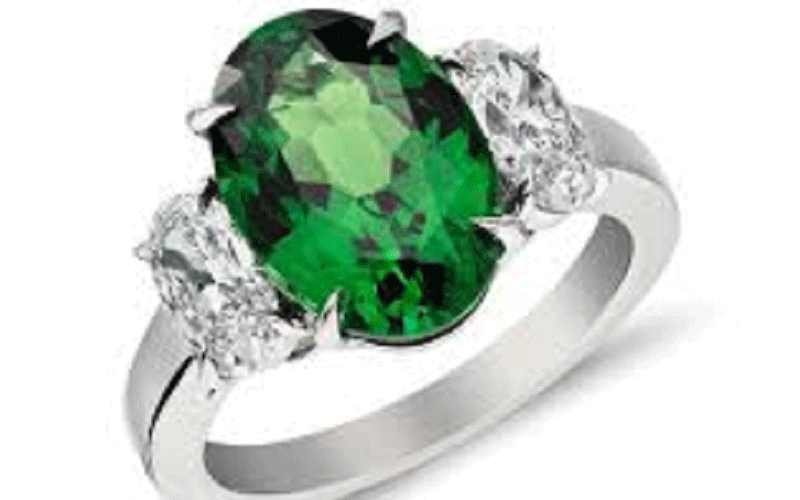×
The Standard e-Paper
Informed Minds Prefer The Standard

A tsavorite ring [Courtesy]
In 1947, international corporation De Beers Consolidated Mines, Ltd. that specialises in diamond exploration was seeking the perfect advertising slogan to boost the sale of its wares after the Great Depression.